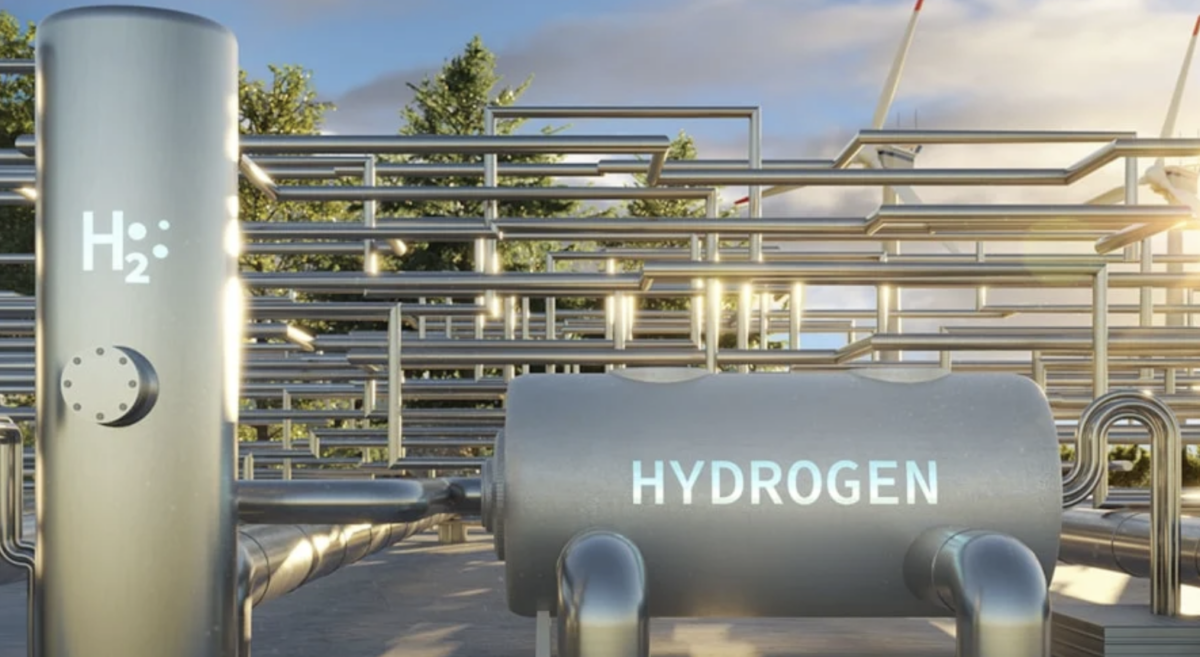DNV is executing hydrogen blending feasibility studies for Enbridge and FortisBC. The two studies will determine the percentage of hydrogen that can be safely transported through existing natural gas pipeline infrastructure, including Enbridge's transmission system and FortisBC's distribution system, in British Columbia, Canada. According to DNV, the studies are the “largest” blending studies undertaken in North America. They “will be used to develop the codes and standards required to safely transport hydrogen as the first step in forming a sustainable commercial hydrogen market,” said the Norwegian classification society.
The US Department of Energy has announced $750 million of funding for 52 projects across 24 states to “dramatically reduce the cost of clean hydrogen and reinforce America's global leadership in the growing clean hydrogen industry.” The government said it aims to build 14 GW of fuel cell manufacturing capacity per year and 10 GW of annual electrolyzer manufacturing capacity. Several of the selected projects are run by well-known companies, such as Ballard Power Systems, Cummins, General Motors, Nel Hydrogen, Plug Power, Robert Bosch, and thyssenkrupp nucera.
Vattenfall said it will conclude its hydrogen production project for offshore wind farms. It started the project almost two years ago. “Having tested the development phase for decentralized offshore hydrogen production, and in light of other industry advances, Vattenfall has now taken the decision to conclude the project,” it said. It claimed that the project, designed around its European offshore wind hub off the coast of Scotland, “aided the creation of a new regulatory and consenting regime by the UK government for offshore hydrogen transportation and storage.”
Heidelberg Materials UK, Stopford and Cranfield University said they are working to establish the feasibility of using ammonia as a source of hydrogen for use as a fuel in cement kilns. “We have already proved the success of using hydrogen as part of a lower carbon fuel mix, but its storage and transportation are technically challenging and, at present, costs are prohibitive,” said Heidelberg Materials UK Sustainability Director Marian Garfield. The company said the new research, which builds on a demonstration using hydrogen as part of a net zero fuel mix to power a cement kiln, “will explore the potential use of ammonia as a low-cost, low carbon hydrogen carrier, evaluating the most efficient method of ‘cracking' the ammonia on-site to release the hydrogen for use as a fuel in the kiln.”
Sasol and Topsoe have launched a 50:50 joint venture, Zaffra, to develop and supply sustainable aviation fuel (SAF). Topsoe said the venture aims to build a “global presence.”
Eletrobras and Paul Wurth do Brasil have agreed to collaborate on the production of renewable hydrogen and synthetic fuels. “The partnership includes the construction and operation of a 10 MW plant for the production of renewable hydrogen (H2R) and oxygen,” said Eletrobras. “Feasibility studies are expected to be completed in around a year.”
This content is protected by copyright and may not be reused. If you want to cooperate with us and would like to reuse some of our content, please contact: editors@pv-magazine.com.



3 comments
By submitting this form you agree to pv magazine using your data for the purposes of publishing your comment.
Your personal data will only be disclosed or otherwise transmitted to third parties for the purposes of spam filtering or if this is necessary for technical maintenance of the website. Any other transfer to third parties will not take place unless this is justified on the basis of applicable data protection regulations or if pv magazine is legally obliged to do so.
You may revoke this consent at any time with effect for the future, in which case your personal data will be deleted immediately. Otherwise, your data will be deleted if pv magazine has processed your request or the purpose of data storage is fulfilled.
Further information on data privacy can be found in our Data Protection Policy.